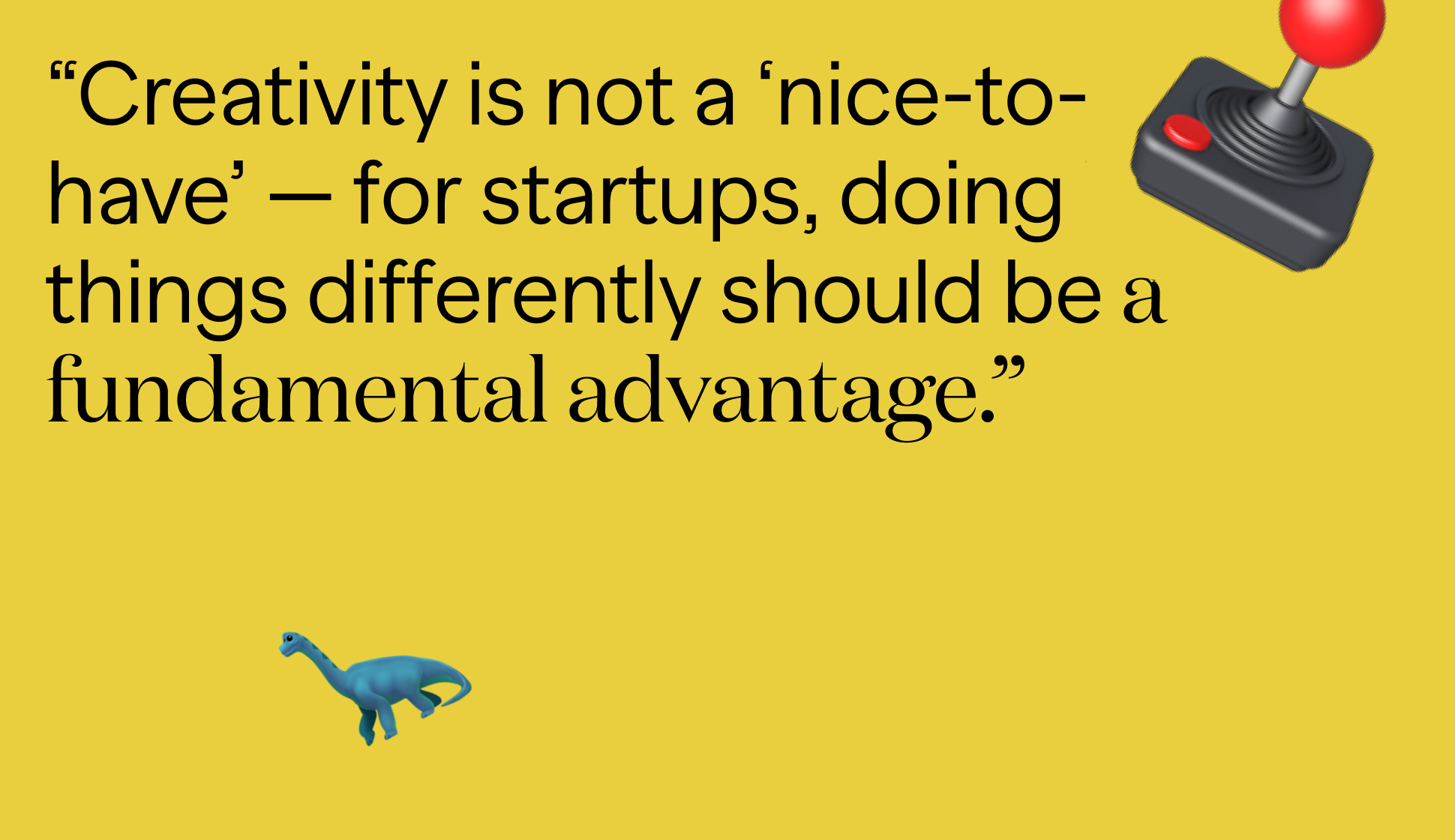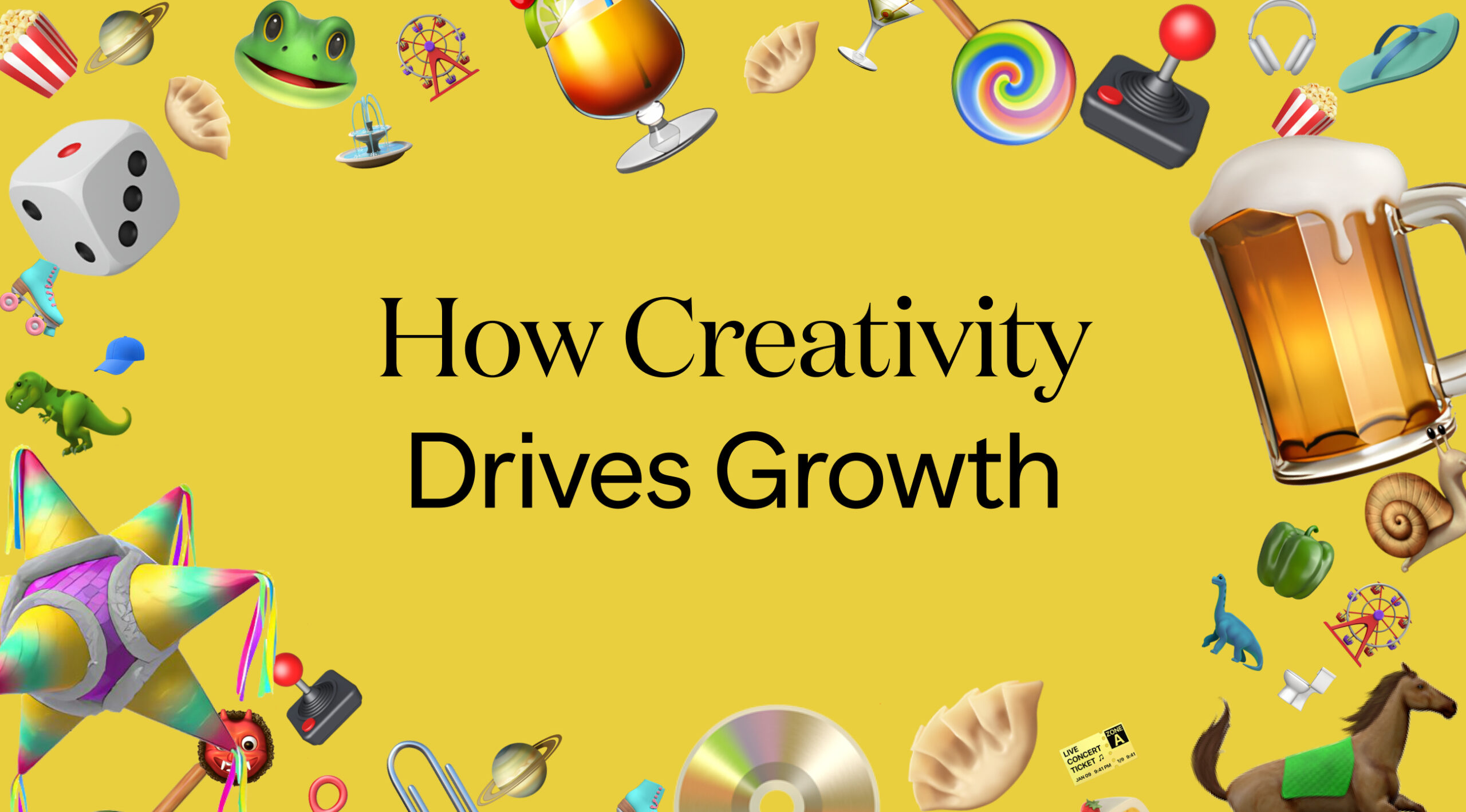
Thoughts from the CōLab team
November 12, 2024
How Creativity Drives Growth: Takeaways from Our SF Tech Week Panel
An art exhibit. A cinematic documentary. A beautifully restored hotel. These are the kinds of images most people conjure when they think about creativity.
In the business world, the idea of creativity is often confined to those designing ad campaigns or brand logos. Many startups view creativity as “soft” compared to engineering — a secondary consideration that just makes things pretty. At worst, it’s seen as superfluous and in tension with the bottom line.
Nothing could be further from the truth. Creativity is a craft, a business growth engine that drives many of the world’s most successful startups. Matt Herrmann, former Global Brand Lead at Amazon and co-founder of Jam Branding, defines creativity as “the relentless drive to make and do things that haven't been done before.” What could be more aligned with the startup ethos?
Matt was among the panelists who chatted with CōLab at an event we hosted earlier this month as part of SF Tech Week. Here are some key takeaways from our conversation:
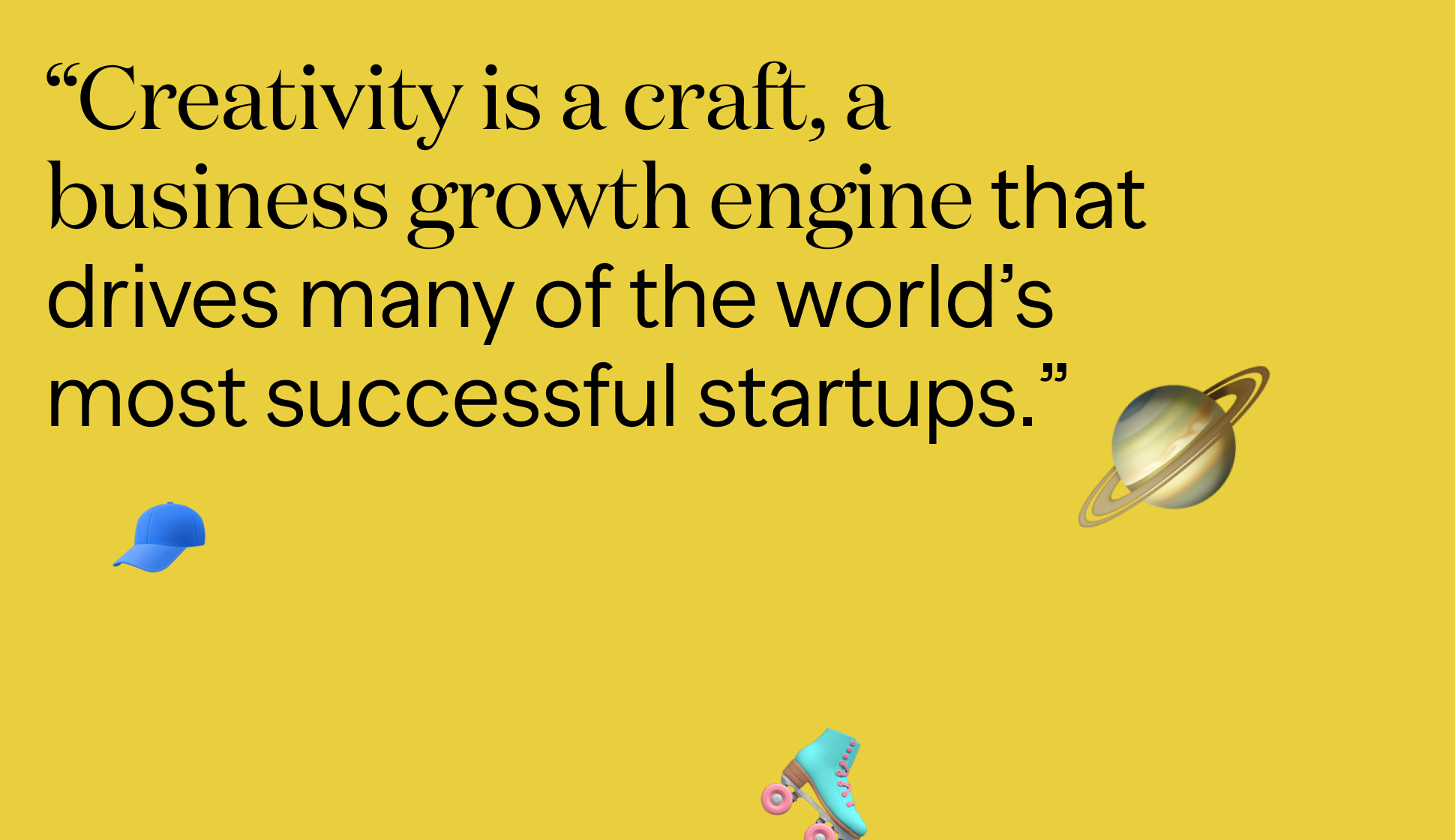
1. Great creative drives real business results.
Many startups don’t view investing in design, branding and advertising as a priority. But excellent creative assets make a company memorable and help it stand out in a sea of competition selling similar products and services. Often, great work can drive conversion and lower the cost of acquiring customers.
Allen Mask, Partner at WestCap and CōLab, recalled a company that had tried everything to boost growth, from multivariate testing to audience segmentation. But it was only when the startup finally redesigned its ads that it saw results. “It was the most powerful optimization they had done from a growth marketing perspective, ever,” Allen said. “They hadn’t reached for it at first, because it was ‘soft’. They thought ‘there has to be something more scientific.’”
Of course, creativity won’t move the needle if it’s just about making something beautiful. In order to make an impact in the business, creative initiatives should solve the problem at hand and align with the values and goals of the organization.
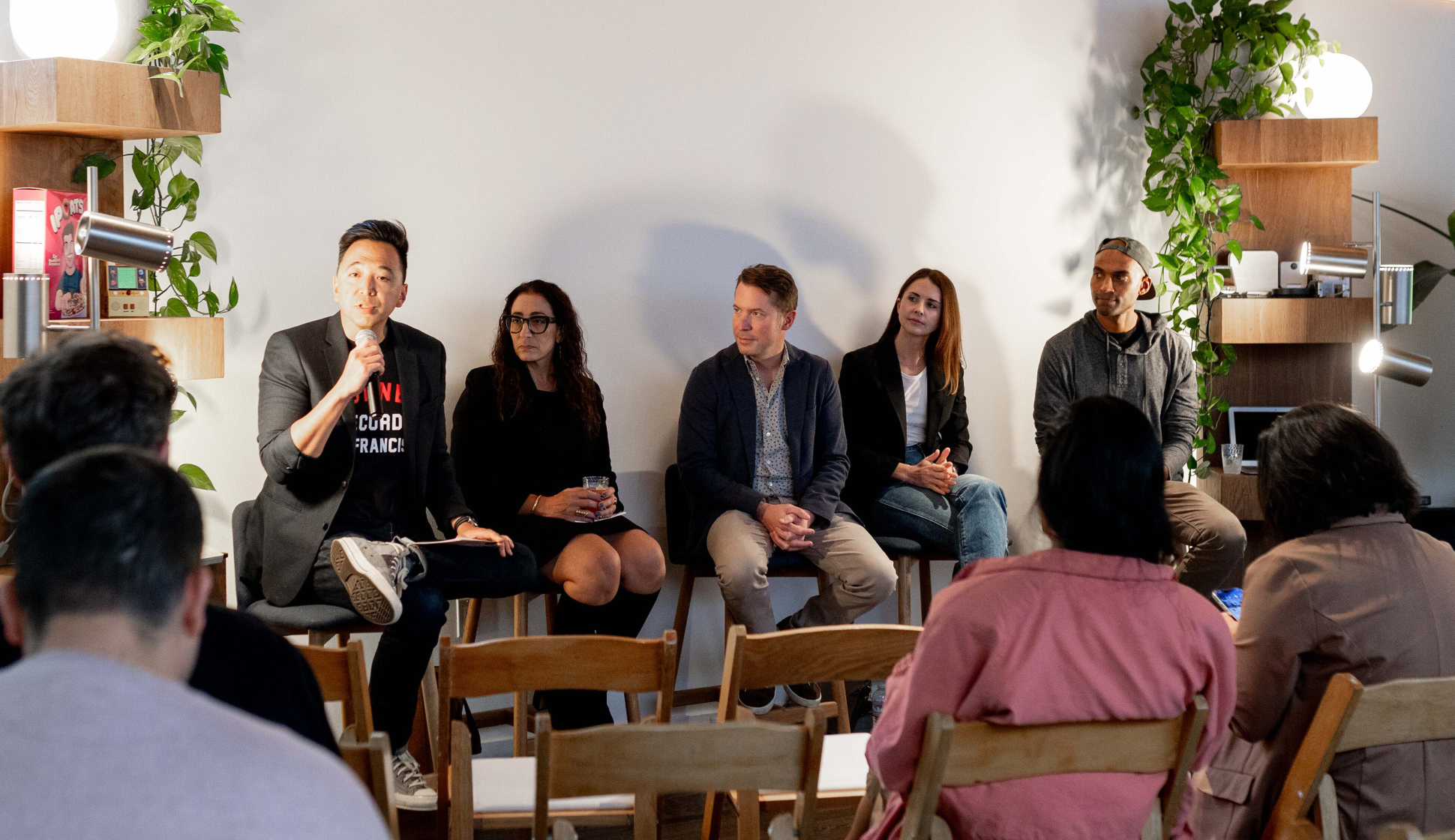
2. Build a culture of creativity.
Creativity goes well beyond the obvious realm of marketing and communications. By definition, creativity involves “making something out of nothing,” said Allen. “I think of it as a mindset, as a way to approach a problem…by finding a new way to see or make something.”
This mindset can be leveraged across a company to push the business forward. One way to do this is to rotate creative individuals throughout the organization, depending on where their skills are required. “Creativity can be leveraged to solve most scale and growth challenges that companies are facing,” said Katie Mentus, VP of User Experience and Design at Addepar. “For us, that meant not being afraid to move creative individuals where the business needs them.” For example, Addepar has deployed this strategy to reinvent recruiting and onboarding practices.
Another strategy is to encourage all teams to approach problems in open-minded ways. “If you’re not pushing every employee of your organization to bring the deep wellspring of creativity inherent in every problem that they’re solving, whether they’re on the marketing team or the finance team, then you are not pulling levers as you should to move your business forward,” Allen said.
An investor is creative when they structure an innovative deal or solve a thorny problem for a company, while a sales leader is creative when they send a client a pizza asking for “a slice of your time” to secure a meeting, Allen pointed out. “We need to wrest back this idea that creativity is at all exclusive to any type of role, and it needs to be something that we push and hold everybody in business accountable for,” he said.
Diverse perspectives are also a critical component of fostering creativity. “We need to build a diverse team if we’re going to deliver the best of creativity to our founders that are building global businesses,” said Allen. “It’s critical from a performance perspective.”
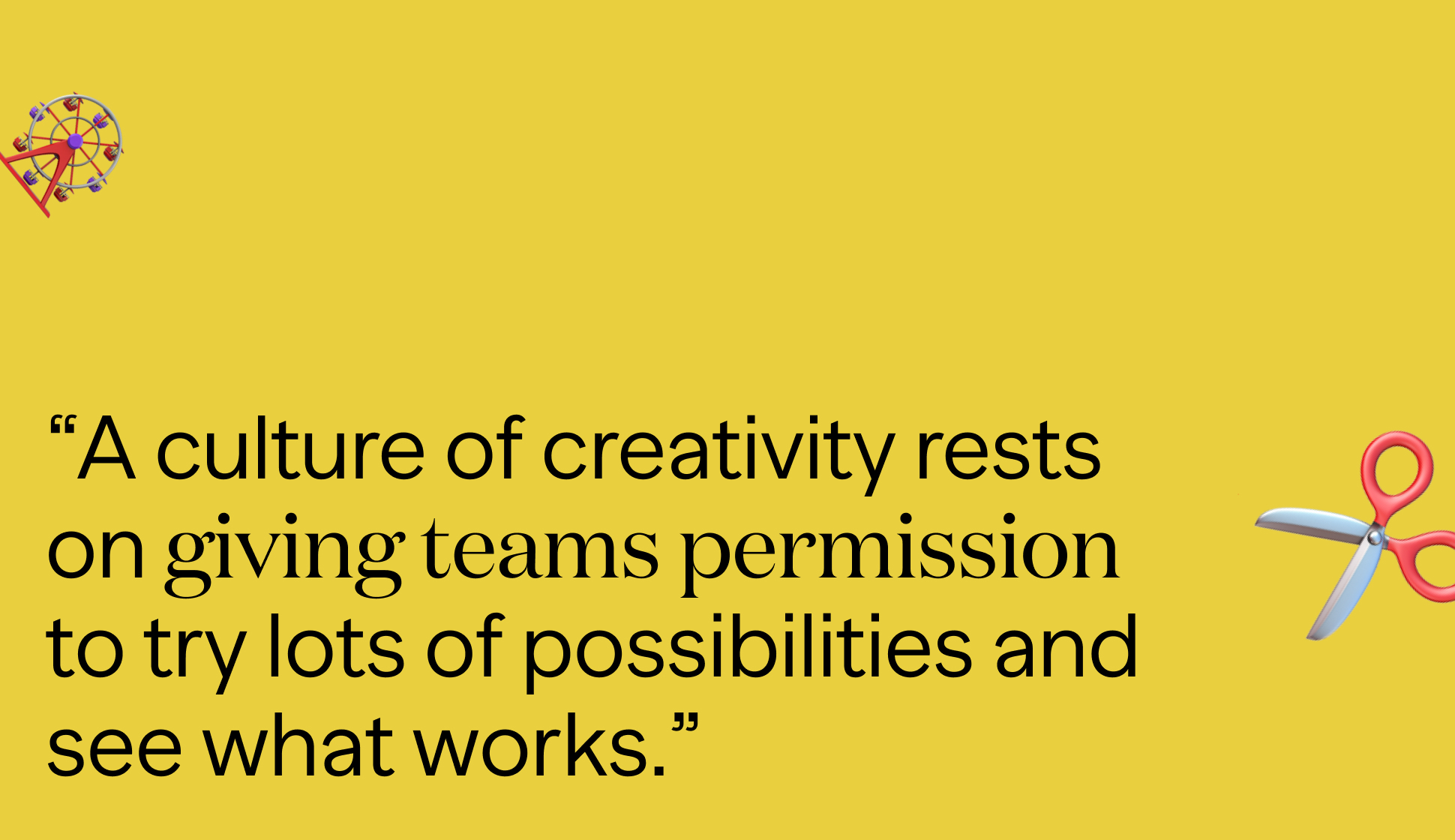
3. Embrace experimentation.
A culture of creativity rests on giving teams permission to try lots of possibilities and see what works. That means embracing failure. “If you have an idea that you think might succeed, just do it. Maybe it works, maybe it doesn’t,” said Gabrielle Tenaglia, fractional CMO at Lettuce Financial. “We just keep moving that edge that we’re comfortable with further and further out.”
That experimental approach extends to finding a startup’s unique niche. Many companies are tempted to follow well-trodden paths, but success usually requires creating something new and understanding sets a company’s offerings apart. “Often, we run into clients that want to do what they've seen others do because they think that's the groove that's safe,” said Brian (“Waka”) Wakabayashi, panel moderator and Head of Brand at CōLab. “They forget that unless you have more media money, doing what everyone else is doing is a sure way to not succeed due to the lack of distinctiveness, the lack of breakthrough.”
Experimenting is easier than ever thanks to advances like AI. For example, Gabrielle and her colleagues commissioned a creative team to develop a product explainer video. They came back with 15 concepts, including a musical about taxes. Using generative AI tools, they went on to make eight of them. “If it wasn’t AI-generated, I would have had to choose one, and I would never have chosen the musical because it’s not rational,” she said. “And it turned out to be the best-performing thing that we’ve made to date.”
Experimentation also requires thinking beyond what you can easily and predictably measure, which can result in thinking small. “Too often I see people that are willing to fail at things that they can measure and not win spectacularly at things that they can’t,” said Matt. “It’s important to look at data that isn’t statistically significant all the time and be willing to have a diverse set of measurement criteria.”
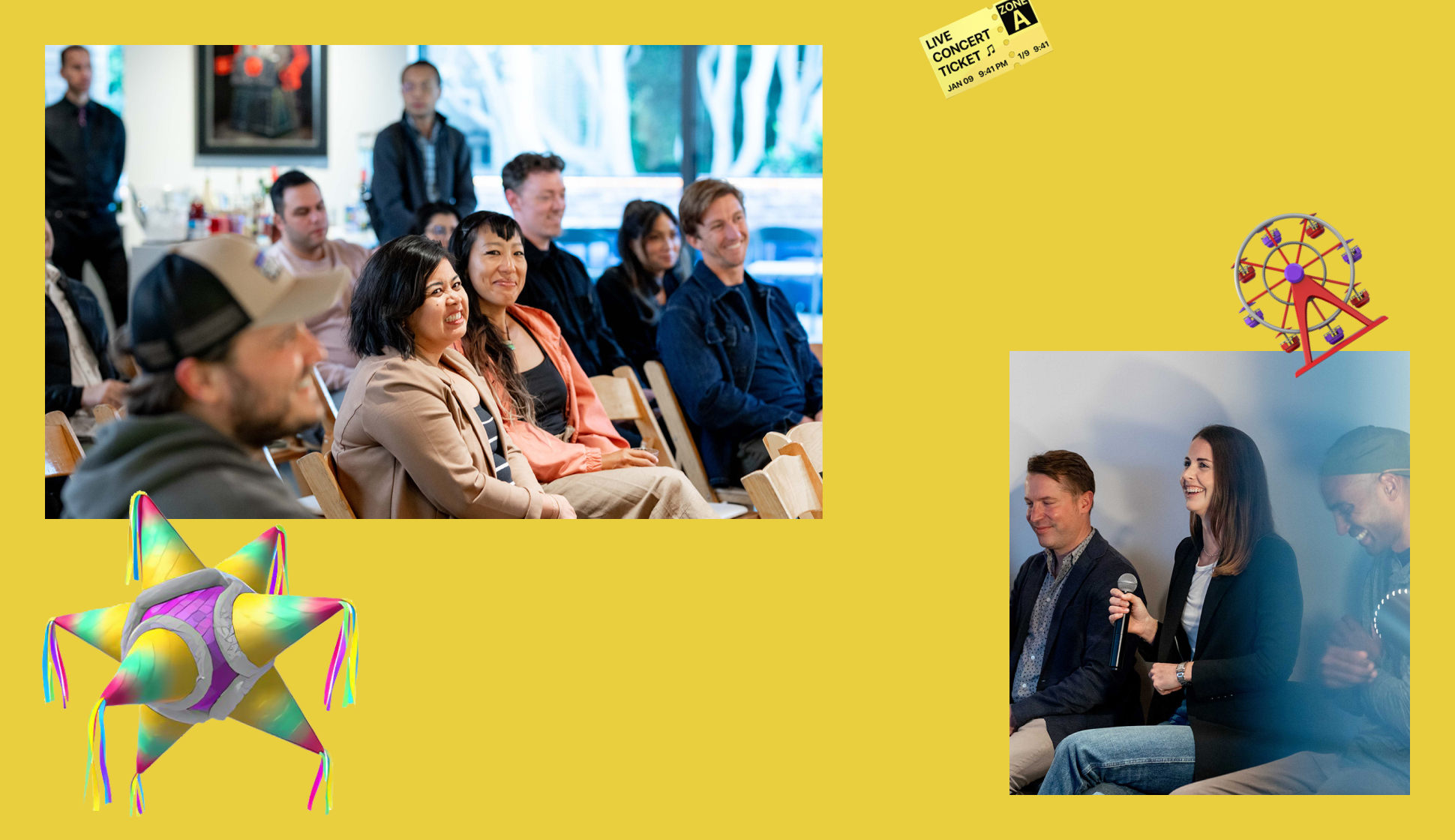
Creativity is not a ‘nice-to-have’ — for startups, doing things differently should be a fundamental advantage. When an engineering mindset dominates the culture, leaders ask for evidence that something is going to work ahead of time. But great acts of creativity are by definition groundbreaking. If you’re following category best practices, you’re definitely not leading. At the panel, Allen recalled some feedback he once received about a product launch from Brian Chesky, CEO of Airbnb: “If we didn’t have enough haters, it means we didn’t push hard enough. If everybody liked it, it was too safe.”
